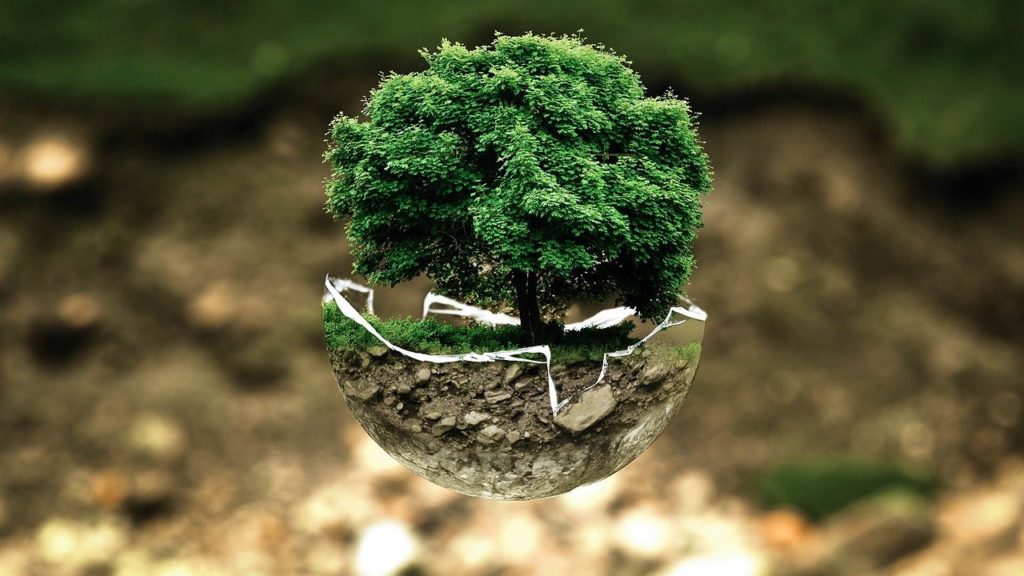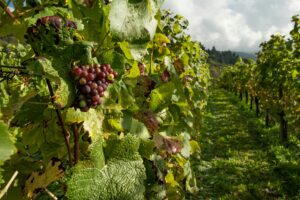Drinks companies today need to be eco-friendly in all aspects of their business operations. It is not enough to be economically sound in today’s volatile global environment. Businesses must also be environmentally conscious – whether in the amount of natural resources they use, the packaging and movement of their products, or the sustainability principles that govern the business.
Across industries, the demand for eco-friendly products is rising. It is not only customers who are demanding responsible behaviour from businesses, but also retailers, distributors, and importers who care about long-term sustenance. On the bright side, the drinks industry already has some things going for itself. For example, the glass used in wine bottling is inert and recyclable. Wine cork is a natural, biodegradable material that supports ecosystems in southern Europe.
But wine production traditionally uses large amounts of water and potentially poisonous chemicals as pesticides and fertilizers. Advanced soil-management techniques have now rendered the latter rather unnecessary, but there remain many ways in which wine producers can imbue eco-friendly ethos into their trade.
Reduce your carbon footprint
This is an obvious but big one and underpins a number of other practices that make a business eco-friendly. The food and drink industry is the fourth-highest energy user and CO2 emitter in the UK. For businesses to reduce their carbon footprint, they need to offset their energy use and reduce their greenhouse gas emissions. Popular ways to do this are through solar panels and biomass boilers, streamlining of distribution channels, reduction in bottle weights, regenerative farming, and recycling.
Many family-owned wine producers like California’s Jackson Family Wines and Spain’s Familia Torres are leading in this area. The former reduced the bottle weight in two of their lines by two ounces each, which helped reduce their overall emissions by four percent. The rationale is that lighter bottles require less energy for manufacture, less wastewater, and lighter shipping weights. The estate also reduced its water use by 60%, managing to save about 29 million gallons annually since 2008.
Use alternate sources of energy
Businesses can use renewable sources of energy to lighten their carbon footprint. Aside from the use of solar and wind energy in place of fossil fuels for wine production (think complex distillation), it is now possible to use ultraviolet light instead of water to sanitise fermentation tanks, wind power for frost protection, cooling towers for barrel rooms, and rainwater harvesting to capture and reuse water. Even something as simple as switching to LED lights can make a difference.
Consider the eco-friendly initiative by English wine estate Hambledon, who recently installed their first biomass heating system for converting vine waste into fuel for heating of the estate facilities and premises. They had begun installing solar panels on winery roofs in the early 2010s, and are now able to produce more than seven megawatts of electricity each year, which fulfills a third of the electricity needs of the estate.
Improve your packaging
While glass is generally believed to be eco-friendly in terms of packaging, the manufacturing, recycling, and transportation of glass bottles produces high amounts of CO2 emissions. Cans are about 68% recyclable and a relatively better option, but aluminum production is still highly unsustainable.
Recycled PET looks to be the industry’s best bet for eco-friendly packaging. Virgin PET bottles account for 77% less greenhouse gas emissions than by glass counterparts and are about 90% lighter than the standard glass bottle. Recycled PET accounts for similarly low emissions than virgin PET material.
Winemakers like Accolade and Naked Wines have already adopted this kind of sustainable packaging. Garçon Wines is using 100% recycled plastic for its 75cl flat wine bottle and Pernod Ricard has unveiled a recyclable paper wine bottle.
Reduce and repurpose wastage
Lesser the waste, lower the carbon footprint. Spent grape skins are one of the biggest waste products in the wine industry, and while many wineries compost the pomace to use as fertiliser or animal feed, much of it is simply discarded. A smarter way of dealing with pomace is to reuse it in the production of biofuels, cosmetics, grapeseed oil, and food supplements. It can also be redistilled to produce new spirits.
For example,the English wine estate Rathfinny uses the third pressing of its grapes to produce a base still wine, which it then uses to produce its gin and brandy and fortify the estate’s dry white vermouth.
Other waste management options to explore include bottle returns, circular use of materials like fabrics and plastics, and reusing wastewater for irrigation.
Opt for sustainable sourcing
Sustainable sourcing goes hand-in-hand with the use of locally grown organic ingredients. Other conditions include standards of soil health, water usage, air quality, and energy. The practice is being especially encouraged by the growing demand for sustainably produced wines; studies show that the global organic wine market is expected to grow 43% by 2024.
For example, Australia’s Bass & Flinders Distillery is a typical vine-to-bottle operation that uses locally grown ingredients for its grape-based spirits. California’s KITÁ Wines support the local Chumash Indians community by taking care of their land and working with indigenous farmers.
Local is usually equated with green since the absence of long-distance transport and shipping means lower carbon footprint. Local wineries, vineyards, and small-time producers tend to be more eco-conscious. Moreover, local production supports the community by hiring local works and supporting local businesses.
Minimise the use of chemicals
Organic or biodynamic viticulture is deemed better not only for the environment but also for the harvest. A key practice here is the minimum use of chemicals like herbicides, fungicides, and pesticides. According to experts, precision viticulture can help reduce the need for fungicides, while ‘field scouting’ and pheromone traps can replace pesticides to a large extent. Alternately, experimental grape varieties like Artaban can be cultivated as these are naturally resistant to mildew and odium.
A research initiative has emerged from the partnership of Cornell AgriTech in Geneva, New York, with SAGA Robotics in Norway. Instead of using fungicides to battle vine diseases, robotic units fitted with ultraviolet light lamps are used to patrol vineyards at night and kill off mildew. The technique has been hailed as a breakthrough against powdery and downy mildew, a devastating pathogen for crops like grapes.
While the above measures are highly recommended, it is also important that wine producers join the conversation on sustainability challenges, initiatives, and policies. Environmental damage and climate change is affecting the wine industry in significant ways. As such, becoming collaborative to solve challenges is rapidly becoming a business necessity.
Industry groups like the Beverage Industry Environmental Roundtable (BIER), the Porto Protocol Foundation, and International Wineries for Climate Action (IWCA) provide an open and accessible platform for this kind of collaboration that drinks companies can benefit from in their journey to become more eco-friendly.







